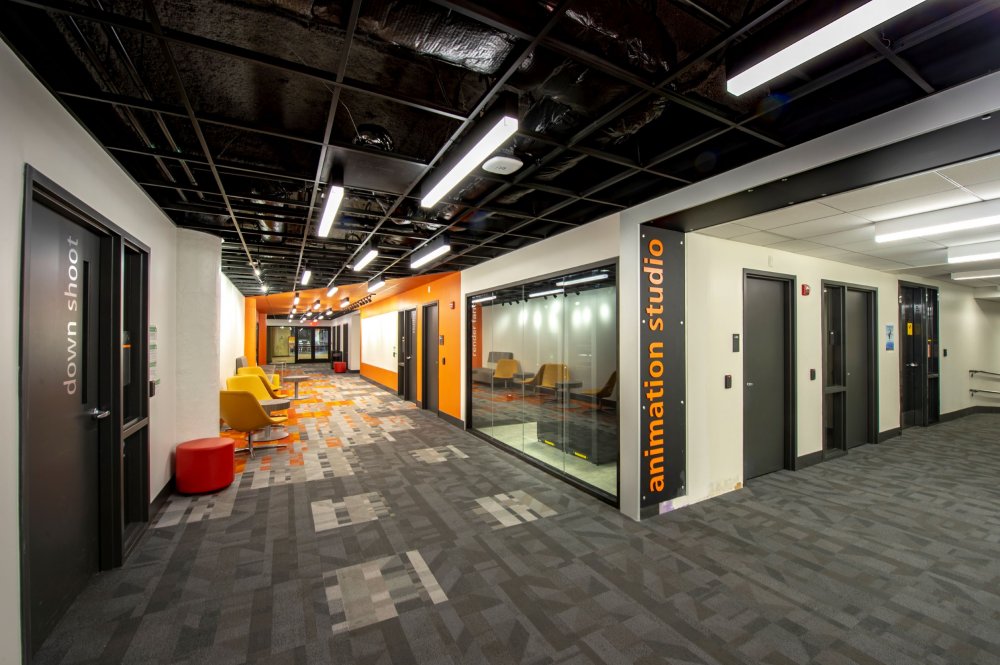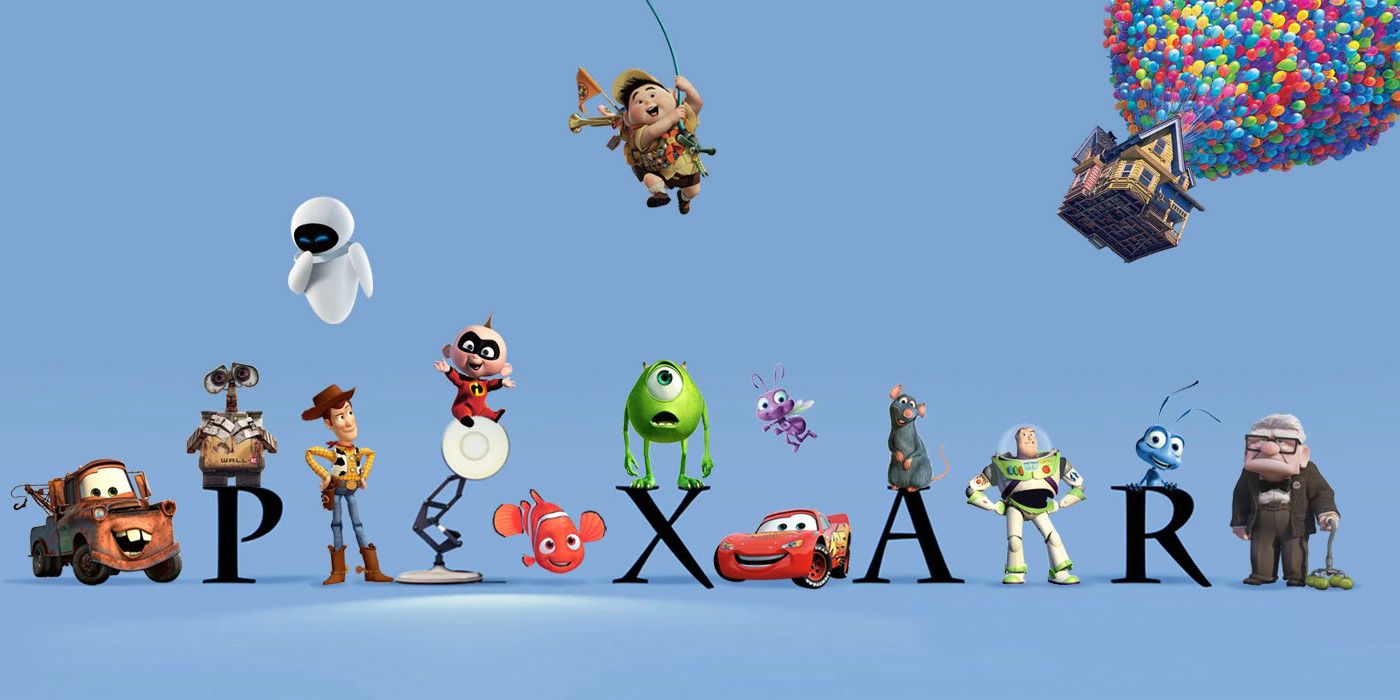Checking Out the Newest Trends in Building 3D Visualization With Making Services
You're witnessing a considerable change in building 3D visualization, driven by innovative making services. Technologies like real-time rendering and immersive virtual truth are improving how customers communicate with designs. On the other hand, photorealistic visuals produce deeper psychological links. As sustainability takes facility phase, environment-friendly principles gain traction in visualizations. Curious concerning just how these trends are transforming architectural techniques? Allow's explore what exists in advance in this developing landscape.
The Surge of Real-Time Rendering in Architecture

Online Truth and Enhanced Truth: Immersive Customer Experiences
In today's architectural landscape, online and augmented fact are transforming just how you communicate with styles. These modern technologies provide improved interactivity and real-time visualization, making it much easier for you to comprehend intricate principles. And also, they simplify project partnership, guaranteeing every person remains on the exact same web page throughout the process.
Boosted Style Interactivity
With the surge of digital truth (VR) and boosted reality (AR), clients now experience architectural designs in manner ins which were as soon as inconceivable. You can step inside your future area before it's built, checking out every corner with immersive detail. These innovations allow you visualize exactly how light interacts with materials, enabling you to make informed style choices. You can change colors, textures, and formats in real-time, offering you a sense of possession in the design process. This interactivity cultivates much better interaction between you and your engineer, ensuring that your vision lines up with the last product. With virtual reality and AR, you're not just observing; you're proactively taking part in the production of your atmosphere, causing an extra rewarding and individualized experience.
Real-Time Visualization Benefits
While exploring your building task with real-time visualization, you acquire an exceptional understanding of your future area. Digital Truth (VR) and Augmented Fact (AR) submerse you in your layouts, allowing you to go through and communicate with every detail. You can picture just how light plays across surface areas, analyze spatial connections, and also make style changes on the fly. This instantaneous comments equips you to make informed choices, ensuring your vision straightens with fact. Plus, sharing these immersive experiences with customers improves interaction, cultivating trust and collaboration. By stepping right into your job basically, you can determine prospective concerns early, eventually saving time and resources while developing a more compelling layout narrative. Embrace the future of architectural visualization today!
Seamless Task Cooperation
When you utilize Virtual Fact (VIRTUAL REALITY) and Augmented Truth (AR) for project collaboration, you produce an engaging setting where customers can actively take part in the layout process. These immersive innovations enable clients to imagine areas in real-time, making it less complicated for them to grasp concepts and offer prompt responses. Rather than depending on standard blueprints or fixed photos, you can move customers into a 3D design, aiding them really feel the scale and flow of a space. With AR, clients can overlay electronic designs onto existing settings, facilitating much deeper understanding and connection. This smooth interaction not just boosts communication between you and your clients yet additionally streamlines decision-making, guaranteeing every person stays lined up throughout the task lifecycle.
Photorealistic Making: Bringing Designs to Life
Photorealistic rendering transforms your styles right into lifelike visuals, making it less complicated for customers to imagine the final item. You'll find the numerous advantages it provides, from improved presentations to much better decision-making. Plus, you'll discover the devices that can help you achieve stunning realism in your architectural visuals.
Advantages of Photorealistic Rendering
As you explore the world of architectural layout, the advantages of photorealistic providing ended up being increasingly obvious. This method enables you to provide your concepts with striking realism, making it much easier for clients to picture the end product. You'll observe that top quality visuals evoke feelings and develop a stronger connection with your target market. And also, photorealistic making aids you identify potential layout flaws early, conserving you money and time throughout the building and construction phase.Moreover, these sensational images can elevate your advertising efforts, setting you aside from rivals. When you display your collaborate with realistic detail, you're likely to bring in even more customers and safe and secure projects. Eventually, investing in photorealistic making enhances both your design procedure and company chances.
Devices for Realistic Visualization
Top notch visualization counts on the right tools to bring your designs to life. You'll want to explore effective software application like Autodesk 3ds Max, V-Ray, and SketchUp, which are important for producing photorealistic makings. These devices allow you adjust texture, light, and shade, improving the realism of your projects. Don't overlook the value of high-resolution appearances and advanced lights techniques; they can significantly raise your visuals. Additionally, think about using plugins and attachments that enhance your process, conserving you time while maximizing high quality. Real-time rendering engines like Unreal Engine can also be a game-changer, allowing immediate comments as you layout. By leveraging these devices effectively, you'll mesmerize your target market and take a breath life right into your building visions.
The Function of AI in Architectural Visualization
While conventional methods of building visualization have their advantages, the combination of AI is transforming the area in extraordinary methods. You're likely to notice just how AI-powered tools streamline the layout process, improving effectiveness and imagination. These smart systems can analyze substantial quantities of information, forecasting just how layouts will execute in real-world scenarios.Imagine generating several style choices in seconds, enabling you to check out more alternatives than in the past. AI likewise helps in rendering by optimizing appearances and lighting, creating sensational visuals that mesmerize your clients.Moreover, AI can aid you recognize prospective issues early in the style stage, lowering costly modifications later. As you embrace these innovations, you'll find that they not only enhance your process however likewise allow you to create more impactful and ingenious styles. The future of building visualization is indisputably linked with the power of AI, and it's time to harness it.

Lasting Style Visualization: Showcasing Eco-Friendly Concepts
AI's advancement isn't practically performance; it additionally plays an essential duty in promoting sustainable design practices. By utilizing 3D visualization tools, you can efficiently showcase green ideas that reverberate with your clients and stakeholders. These tools enable you to mimic natural lights, optimize energy consumption, and picture sustainable products in genuine time.Imagine presenting your designs with sensible renderings that highlight green roofing systems, photovoltaic panels, and rainwater harvesting systems. This not just enhances your job's appeal however also enlightens visitors on the advantages of sustainability. You'll find that clients are progressively attracted to designs that focus on environmental obligation, and your visualizations can make these principles tangible.Incorporating sustainable style visualization into your workflow can elevate your tasks, promote eco-conscious options, and eventually add to a greener future. Embrace these innovations to lead the charge in sustainable design.
Collaborative Design Processes Boosted by 3D Visualization
As you submerse on your own in collaborative style procedures, 3D visualization can substantially enhance interaction among group participants and stakeholders (Bowen Studios 3D Rendering). It produces a common aesthetic language that links voids in between customers, engineers, and architects. When everybody can see a practical rendering of the job, it's less complicated original site to go over ideas, provide feedback, and make decisions.Using 3D versions, you can promptly repeat on designs, enabling for fast adjustments based on input from varied viewpoints. This fosters a sense of possession amongst staff member, as they can proactively contribute and envision their concepts in real-time. In addition, 3D visualization devices commonly include interactive features, allowing stakeholders to explore spaces from various angles or also mimic lighting conditions. This degree of interaction not just makes clear the style intent yet additionally assists to identify potential issues at an early stage, ultimately streamlining the overall style procedure
The Future of Rendering Solutions in Architecture
With technology advancing at a quick pace, making services in style are poised for a transformation that will improve both efficiency and creativity. You'll see developments like real-time rendering, enabling you to imagine modifications instantaneously throughout the layout procedure. This means less alterations and quicker decision-making, ultimately conserving you time and resources.Moreover, man-made knowledge is making check this site out its mark, simplifying operations from principle to conclusion. Visualize software that learns your style preferences and suggests style aspects tailored just for you. Digital reality will certainly also play a considerable function, providing immersive experiences that allow customers stroll with spaces prior to they're built.As sustainability becomes an emphasis, rendering services will certainly integrate energy-efficient modeling, assisting you layout greener buildings. Embracing these innovations will certainly not just boost your projects but also place you at the forefront of building development. The future of providing services is intense, and you will not want to lose out.
Regularly Asked Concerns
What Software Program Is Commonly Used for Architectural 3D Visualization?
When it concerns architectural 3D visualization, you'll typically find software program like SketchUp, Revit, and 3ds Max being made use of. These devices assist you produce sensational visuals that bring your layouts to life efficiently and effectively.
Exactly How Can I Pick a Rendering Company?
When selecting a making company, you need to consider their profile, client testimonials, communication design, and turnaround times. It is very important to guarantee they line up with your vision and can meet your task target dates properly.
What Is the Average Price of Making Providers?
The typical expense of providing click here to find out more services varies commonly, generally ranging from $100 to $1,000 per photo. Elements like job intricacy and top quality demands considerably affect these rates, so it's smart to acquire numerous quotes before choosing.
How much time Does the Rendering Refine Normally Take?
The rendering process generally takes anywhere from a couple of hours to a number of days, depending upon the complexity of your project and the top quality you're aiming for (Bowen Studios Utah). Elements like resolution and details can considerably influence the timeline
Can 3D Visualization Help in Gaining Customer Approvals?
3D visualization assists you existing your ideas clearly, making it simpler for clients to comprehend your vision. Involving visuals usually cause quicker authorizations, ensuring your job relocates onward smoothly and effectively.
Final thought
As you explore the most up to date fads in building 3D visualization, it's clear that making solutions are transforming the industry. Real-time rendering, immersive technologies, and photorealistic visuals not just enhance customer experiences but also advertise sustainability and collaboration. By harnessing AI tools, you're improving workflows and maximizing designs for energy efficiency. Welcoming these developments positions you at the forefront of building development, guaranteeing your projects resonate with both customers and the environment. The future looks intense! Technologies like real-time rendering and immersive online truth are improving how clients interact with designs. Top notch visualization depends on the right tools to bring your designs to life. These smart systems can examine huge quantities of information, anticipating just how layouts will certainly perform in real-world scenarios.Imagine creating numerous style choices in secs, enabling you to check out more alternatives than ever previously. You'll locate that clients are increasingly attracted to layouts that focus on ecological responsibility, and your visualizations can make these concepts tangible.Incorporating lasting style visualization into your workflow can raise your projects, promote eco-conscious options, and ultimately add to a greener future. As you submerse yourself in collaborative style procedures, 3D visualization can considerably boost communication amongst team members and stakeholders.
 Romeo Miller Then & Now!
Romeo Miller Then & Now! Judge Reinhold Then & Now!
Judge Reinhold Then & Now! Matilda Ledger Then & Now!
Matilda Ledger Then & Now! Elisabeth Shue Then & Now!
Elisabeth Shue Then & Now! Daryl Hannah Then & Now!
Daryl Hannah Then & Now!